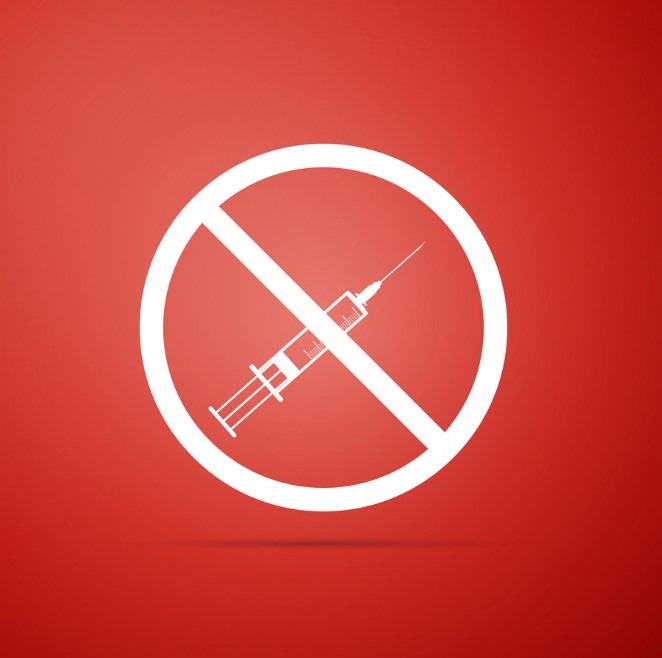Treatment

There is still no validated, treatment regimen available.
Fortunately, about 80% of infected patients require no specific treatment as the disease for them is mild, like a common flu. Several clinical trials are underway to determine the efficacy of various vaccines and drugs, but treatment at this time is only for the management of symptoms.
In the news recently there have been reports out of France that a combination therapy using a very old but effective antimalarial drug, chloroquine and hydroxychloroquine (Plaquenil) in combination with azithromycin, is having some efficacy.
This is of course too early to take as gospel. These reports are anecdotal but it is worth a critical look to see not only if the evidence is there but the risks and benefits are worth it, so that we can go back to our preferred normal daily activity and dispense with this social distancing business, sooner rather than later.
In this post, we will look at some of the more compelling treatment candidates to date, thanks to the hard working researchers and clinicians all over the world, on the front line of this pandemic.
Antimalarial and azithromycin
Chloroquine is a drug that has bene used to treat chloroquine sensitive malaria, rheumatoid arthritis, lupus and porphyria- a blood disease.
Hydroxychloroquine is used to treat lupus and rheumatoid arthritis, by causing immune suppression. In both drugs the side effect profile is concerning.
According to researchers in France conducting the Marsailles Study – an un-blinded, non-randomized, study – results showed a strong reduction in viral load in patients receiving hydroxychloroquine. The study consists of 25 COVID-19 positive patients - five aged 12–17 years, 10 aged 18–64 years, and 10 aged 65 years or over.
After 6 days of treatment the percentage of patients testing positive for COVID-19 who received hydroxychloroquine fell to 25% versus 90% for those who did not receive the treatment (a group of untreated COVID-19 patients from Nice and Avignon). In addition, the percentage of cases still carrying SARS-CoV-2 was not more than 5% in dose treated with a combination of hydrochloroquine and azithromycin.
This is an interesting result, but because the studies thus far have been small, we are still far away from widespread adoption. We are still unclear what the characteristics of the patients treated were, what the pre and post treatment viral loads were, nor what was the dose and frequency of administration of the medications given.
There is apparently another 100 patients treated in China with similar results.
Azithromycin, an antibiotic typically used to treat bacterial infections is being used in conjunction with the antimalarial. This antibiotic inhibits many atypical bacteria, but many bacterial species are increasingly developing resistance to it.
Another agent currently undergoing trial by the NIH is called Remdesivir.
This drug was previously used to treat the Ebola virus and has shown efficacy in animal models against SARS and MERS.
Will update as information becomes available.
https://www.nih.gov/news-events/news-releases/nih-clinical-trial-remdesivir-treat-covid-19-beginsReferences:
COVID-19: Could Hydroxychloroquine Really Be the Answer? - Medscape - Mar 18, 2020.